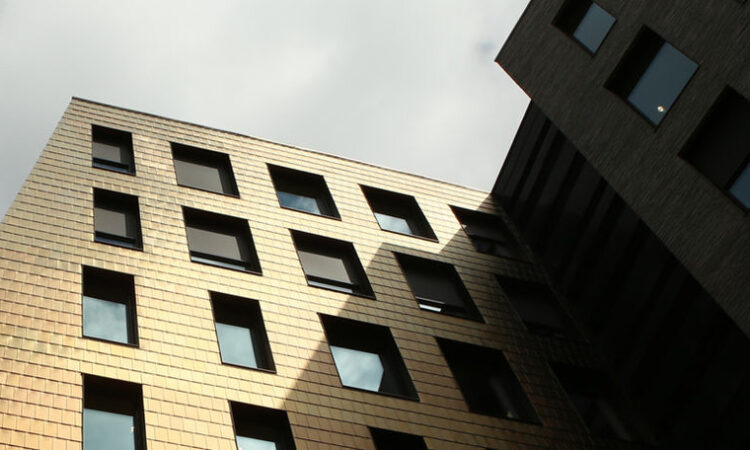
Rising interest rates have taken their toll on U.S. multifamily housing, as they have on other commercial real estate sectors. Debt levels relative to equity are higher in multifamily than in some other segments, a loan maturity wall looms, and interest rate caps are expiring, putting many owners in the position of refinancing at a time when their properties are worth less than their acquisition basis and interest rates are much higher. Plus, a wave of new supply will come on the market over the next two years. Some have wondered whether multifamily housing is in for a period of significant defaults and distressed deal flow similar to that of the office sector.
Unlike in the office sector, however, we think the challenges in U.S. multifamily are cyclical rather than secular in nature. The influx of new supply is likely to taper off after 2025, at which point we are optimistic about rent growth given the structural shortage of housing and unfavorable cost dynamics for new construction in the United States. As owners come under more pressure to sell assets, we see an exciting opportunity coming to buy high-quality properties below replacement cost while achieving attractive long-term yields. Scaled platforms with strong networks, on-the-ground knowledge of different markets, and ready capital will be in the best position to capitalize on the new market conditions.
After the significant repricing in real estate assets over the past 18 months, a question lingers: Where are valuations justifiably cheap, and where do they represent a rare opportunity to buy assets at attractive relative values?
We think interest rate dynamics rather than a sea change in fundamentals have driven the repricing of assets in most commercial real estate sectors. The office sector in the United States and Europe is an important exception, however, and many investors have been keen to understand whether the problem extends further, particularly to U.S. multifamily housing.
Multifamily housing is both one of the largest components of the commercial real estate market (Exhibit 1) and one of the most levered, meaning that properties tend to have high loan-to-value ratios (LTVs). At the same time, performance has traditionally remained stable through economic cycles. People always need places to live and spending on shelter tends not to fluctuate as much as more discretionary spending.
Multifamily housing is facing some of the same problems as the rest of the commercial real estate market—falling property values, high debt loads, a pullback in available debt capital, and a loan maturity wall—as well as some unique supply issues over the next two years. We think the sector is in for a multi-year deleveraging cycle. However, multifamily real estate owners who can carry their investments through the next two years are poised to benefit from sustained structural demand and a pronounced shortage of new supply starting in 2026.
